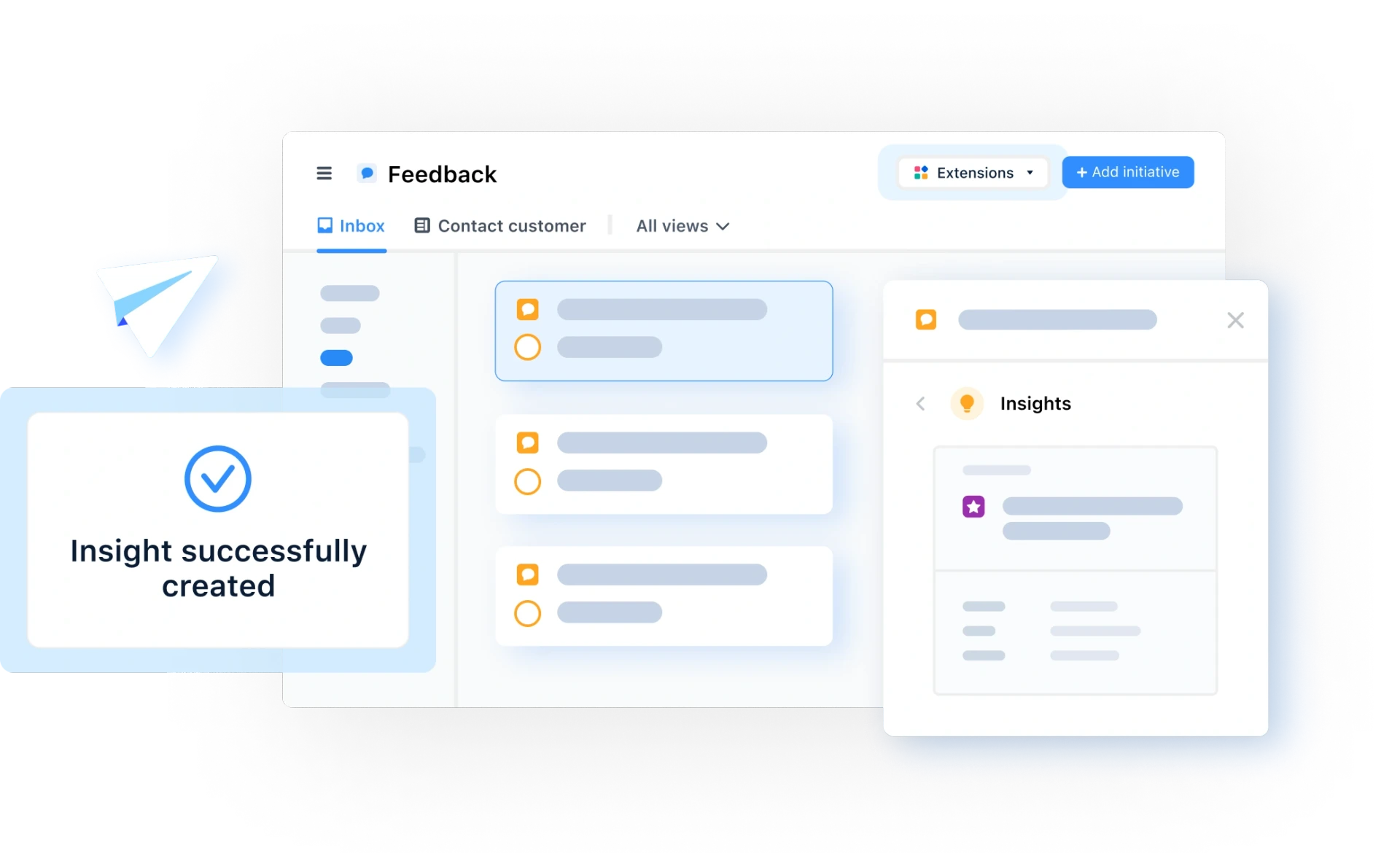Return Visitors
What Are Return Visitors
Definition of Return Visitors
The metric of return visitors is a useful way of analyzing and segmenting the audience of your website. On a very basic level, return visitors are users who have been to your site before.
Every visitor to a website generates a unique random number, and a first timestamp, which combines to create their User ID, and allows their visits to the site to be tracked. For returning visitors, the timestamp allows analytics software to determine their status.
The difference between returning and new visitors
Although the difference between new and return visitors might at first glance seem blindingly obvious, when it comes to Google Analytics there are some slight nuances in how they are assessed. For some, it’s all simply website traffic.
New visitors are defined as people visiting your site for the first time on a single device — so each first visit on your laptop, smartphone, and tablet counts as a separate new visit.
Returning visitors have a time limit of two years, so if a single visitor waits more than two years to return to a website, they will be counted as a new visitor again.
Why is the return visitors metric useful?
A single website visit rarely converts a visitor into a customer, so return visitors are crucial for commercial success.
Understanding your visitors — why they come back, what attracts them, which page brings in the most visitors, etc. — is key to the performance of your website. If you can increase the number of return visitors, you are far more likely to be able to convert them into customers or deliver the information you intend to.

General FAQ

Glossary categories
All product feedback in one place

Experience the new way of doing product management








